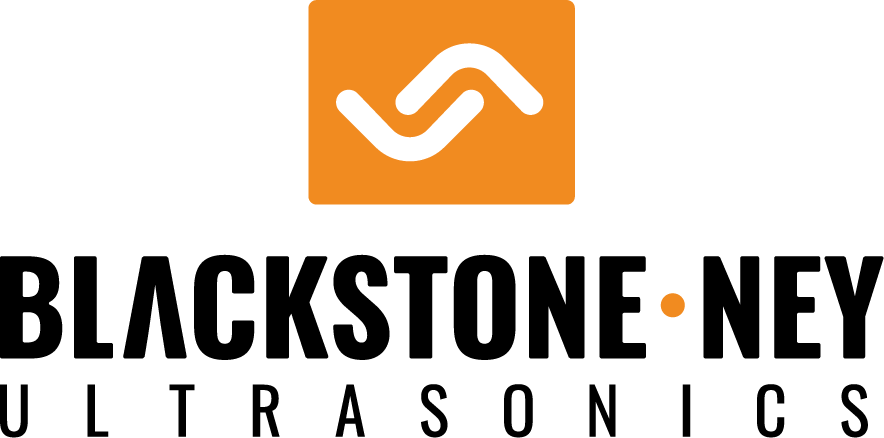Previous blogs discussed the demise of solvents after the Montreal Protocol. Today, in the US at least, solvents are coming back prompting the reader to ask, “What Has Changed.” First of all, there was never any real argument that solvents did, and still do, a good job of cleaning in many, many applications! Are there aqueous and other alternatives … Continued
I thought that title might get your attention! Actually, this blog is about “stuff” including, literally, “rocks” that can be found in many water supplies both municipal and otherwise. It is important to differentiate between things that are dissolved in water that leave “rocks” behind when the water evaporates and things that are in the … Continued
Any discussion of water quality and the purification of water will eventually gravitate to a discussion of ions. Adding ions and/or removing ions using what is called an ion exchange process is a big and essential part of most water treatment. Let’s take a few minutes to understand basically what these important things called ions are … Continued
Valves that control the flow of a liquid or gas are an obviously important part of any cleaning system. What isn’t so obvious is the sheer number of valves that are involved and that the selection of the correct valve for a particular purpose is a little more complex than one would think. In simple terms, a … Continued
The word “passivation” is one that is thrown around quite a bit in the metal finishing and cleaning world and seems to have a world of different meanings to different people. Although the word passivation is normally associated with stainless steel, there are several other metals that can be “passivated” in one way or another. … Continued
This blog wasn’t meant to be a April Fool’s day piece but the more I look at it, it might suffice. Sorry it’s a couple of weeks late! For most engineers, words are usually a more or less “get-R-done” proposition. As an engineer, then, I may be a bit weird in that I really pride myself … Continued
As some of you may have noticed, the illustrations in Monday’s (30 April, 2012) were incorrect. For those of you who didn’t notice, that’s OK – because I didn’t either. It is interesting how much more thoroughly you understand something once you’ve tried to convey it to someone else. Regular readers will know that I, … Continued
Metrology, simply, is the science of measuring things. Metrology is used extensively in the world of industrial cleaning to both control and quantify cleaning processes. Finding the right equipment and procedures to produce accurate and meaningful results is often a challenge for those without extensive knowledge of the science. The upcoming blogs on metrology are … Continued
No matter what is being measured, it is critical that the measuring instrument chosen be capable of providing an accurate and repeatable measurement of whatever needs measuring. It sounds simple – – but isn’t. In general, the larger the scale the less accurate an instrument becomes. Let’s use weight as an example. Weighing devices come … Continued
There are many ways to de-ionize water. Some are small and simple while others are large and complex. The method used is determined by the volume of de-ionized water required and the desired purity. This blog will explore some of the de-ionizing means used in facilities with typical needs for parts cleaning applications. Removal of … Continued
